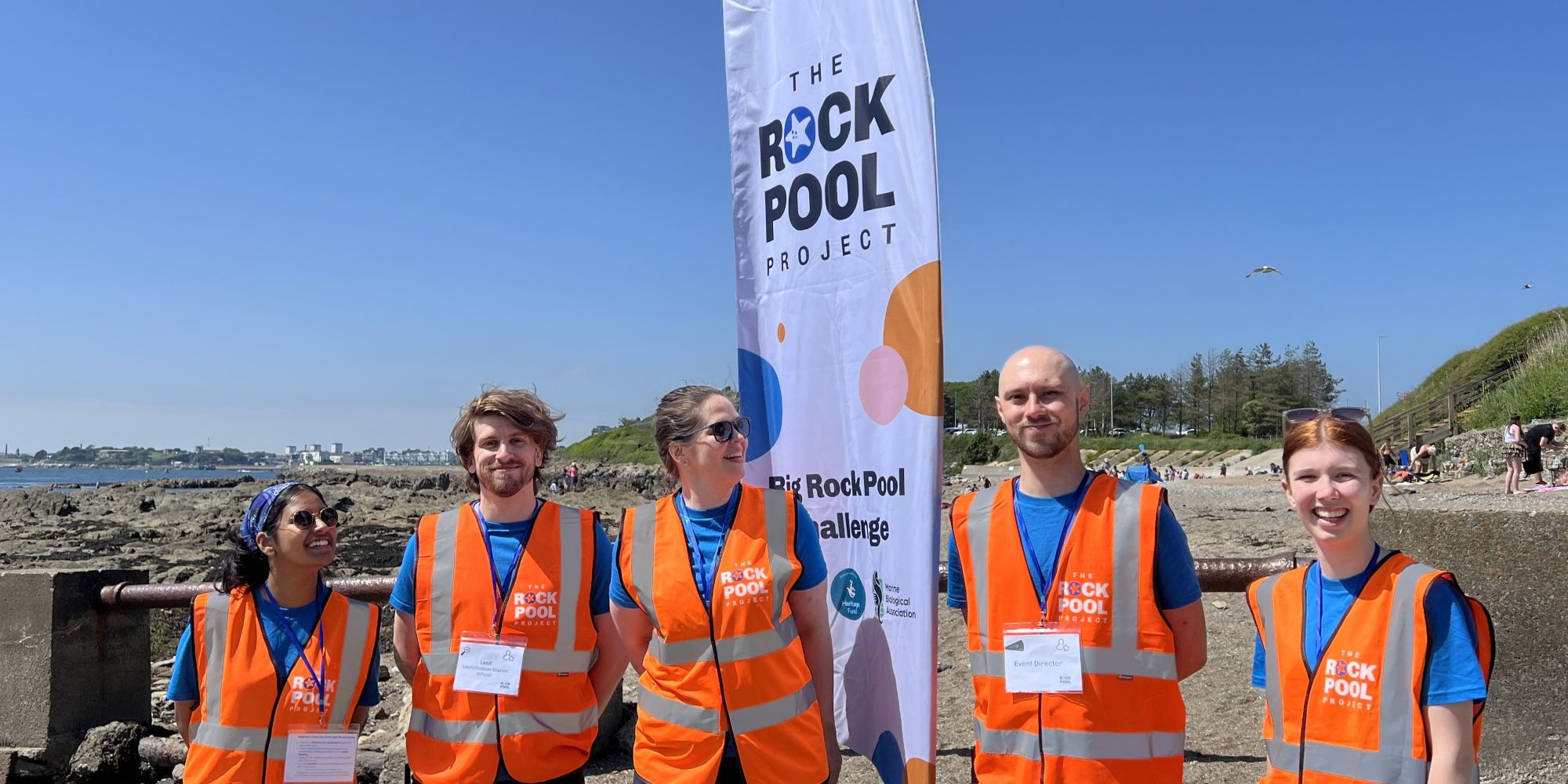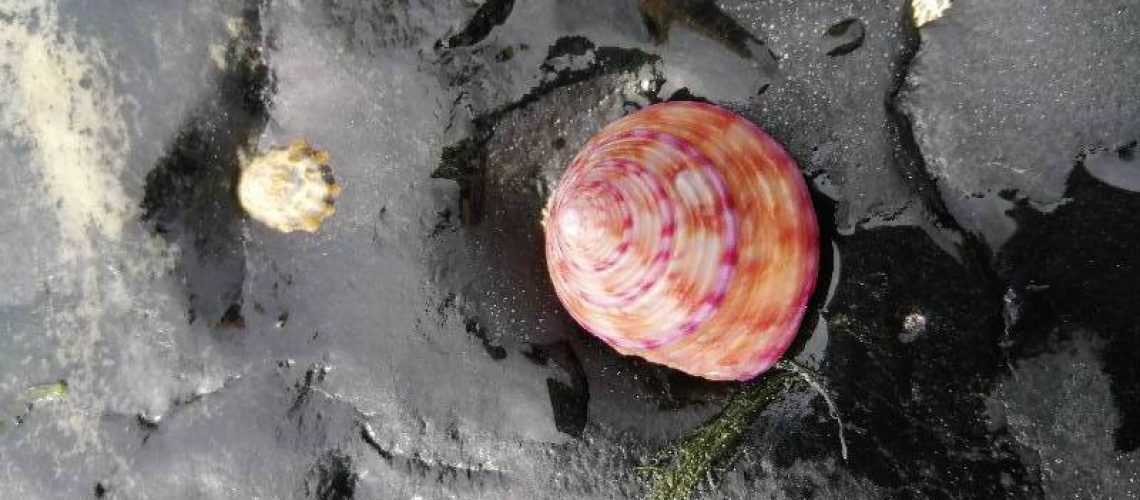
Rainbow sea slug found in a rock pool!
We had just wrapped up our Beach Day activities, tallied up the points, and announced the winners of our bioblitz competition. In the summer months we run a ‘See Our Shore’ session, complete with a mobile rock pool so that the general public can view some of the wildlife we have found. I decided to hang behind in hopes of finding a Spider Crab to add to the collection. We often come across these magnificent creatures in the low shore pools.










